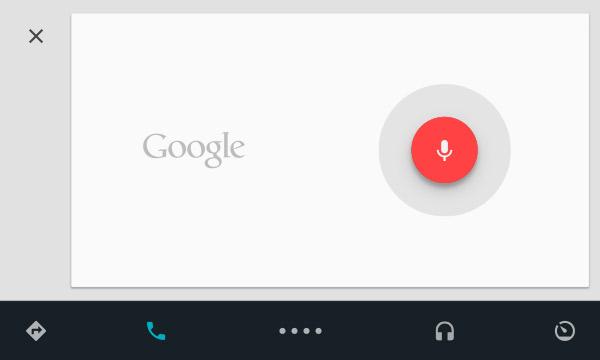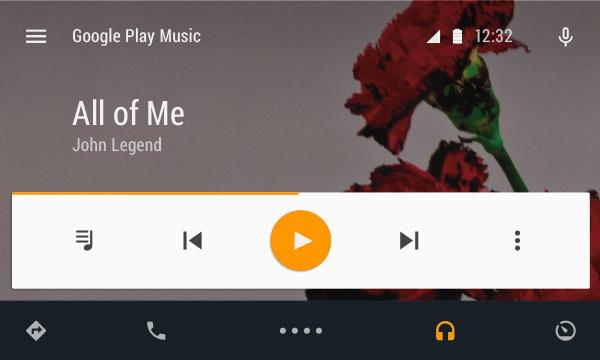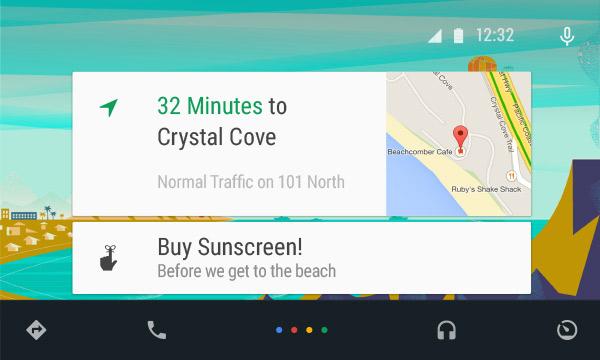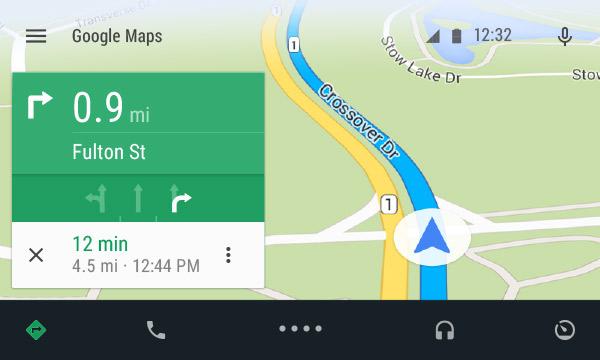Amidst a slew of other big announcements at Google’s I/O developer conference, the Web giant took a moment during its opening keynote to pull the curtain back on its new connected car initiative: Android Auto.
Much like Apple’s Carplay, the software will focus on music, navigation, and hands-free control of applications that users typically need while driving. As such, many aspects of the system are controlled entirely by voice commands, so drivers never have to divert their attention from the road. The messaging app, for example, can not only read you emails and texts aloud, but also allows you to compose and send messages simply by speaking. Other Android staples, such as Google Maps, have been redesigned in Android Auto so that they can be displayed better on a screen in a car.
The coolest part is that the entire Android Auto experience is powered by the user’s phone, which means that app updates can be pushed at a much faster rate. This is great news, since updates to infotainment systems are usually painfully slow. Furthermore, Google has released the Android Auto SDK to developers, so additional apps and functions will undoubtedly be coming in the near future.
There are reportedly over 40 partners which have joined what Google is calling its ‘Open Automotive Alliance.” Cars with infotainment systems compatible with Android Auto will reportedly be rolling off lots before the end of the year.
We’ll update this article with more information as it becomes available.









